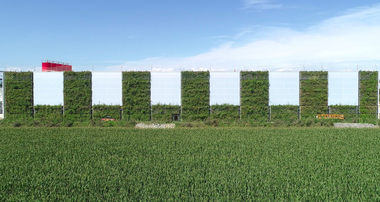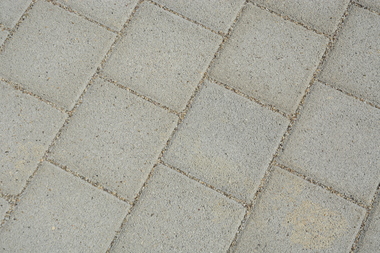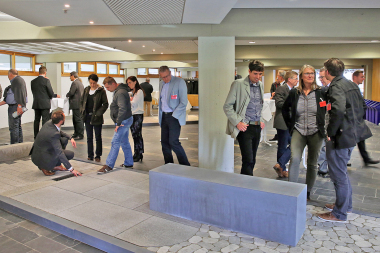Sponge city and BlueGreenStreets – an interdisciplinary adaptation to the consequences of climate change
The existing challenges in urban development owing to heavy rainfall, urban heat islands and long drought periods will be enhanced due to the consequences of climate change in the future. The concept of the sponge city combines strategies for the adaptation of cities to the consequences of climate change. The concept is focusing on the decentralized stormwater management by means of a surficial infiltration, evaporation and delayed drainage of the precipitation water. In addition, heat problems will be reduced and the vitality of urban trees supported.
Key aspect of the concept of a sponge city is the interdisciplinary cooperation of urban water management, open space planning, urban planning and transportation planning. The sponge city enhances the decentralized stormwater management, which, so far, was based on the small-scale “plot principle” of property drainage, by planning the flow paths related to the entire space. This planning of flow paths related to the entire space requires a multi-dimensional land use. Moreover, the various challenges such as precautions against heat, improvement of the micro climate or promoting the vitality of the urban green during droughts require an interdisciplinary approach.
The creation of blue-green streets is considered as a partial aspect of the sponge city. Thus, concepts were developed within the BlueGreenStreets research project showing how the adaptation of the street space can contribute to reducing the consequences of climate change. Therefore, the design of urban streets has to take the requirements of an urban drainage system and open space planning into account too, apart from the transport function. The strategies developed are gathered in a tool box as a practice-oriented guideline.
Ultimately, the challenges arising from the concept of the sponge city for area design and the elements for street space design will be illustrated and requirements for the concrete industry will be derived accordingly.






